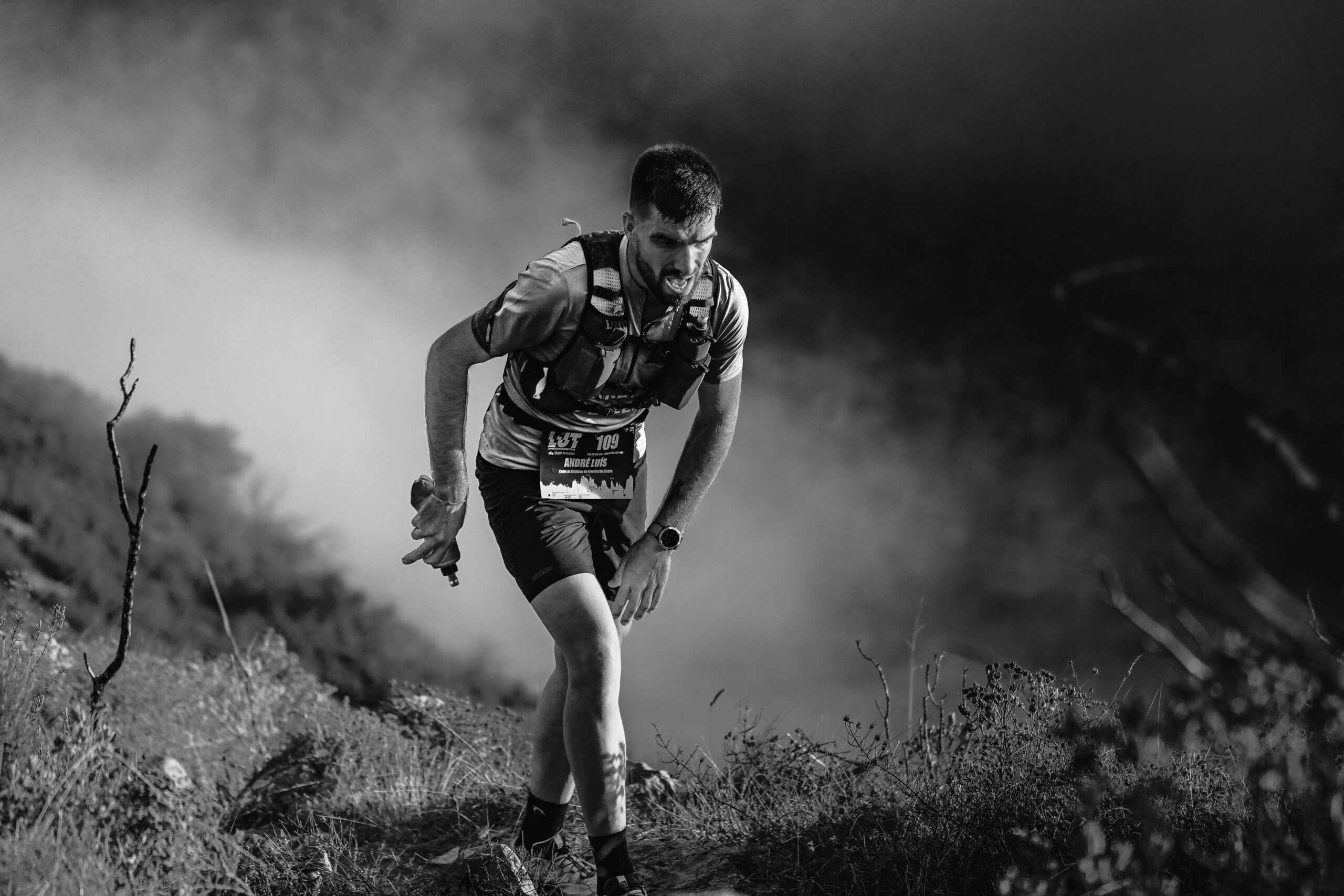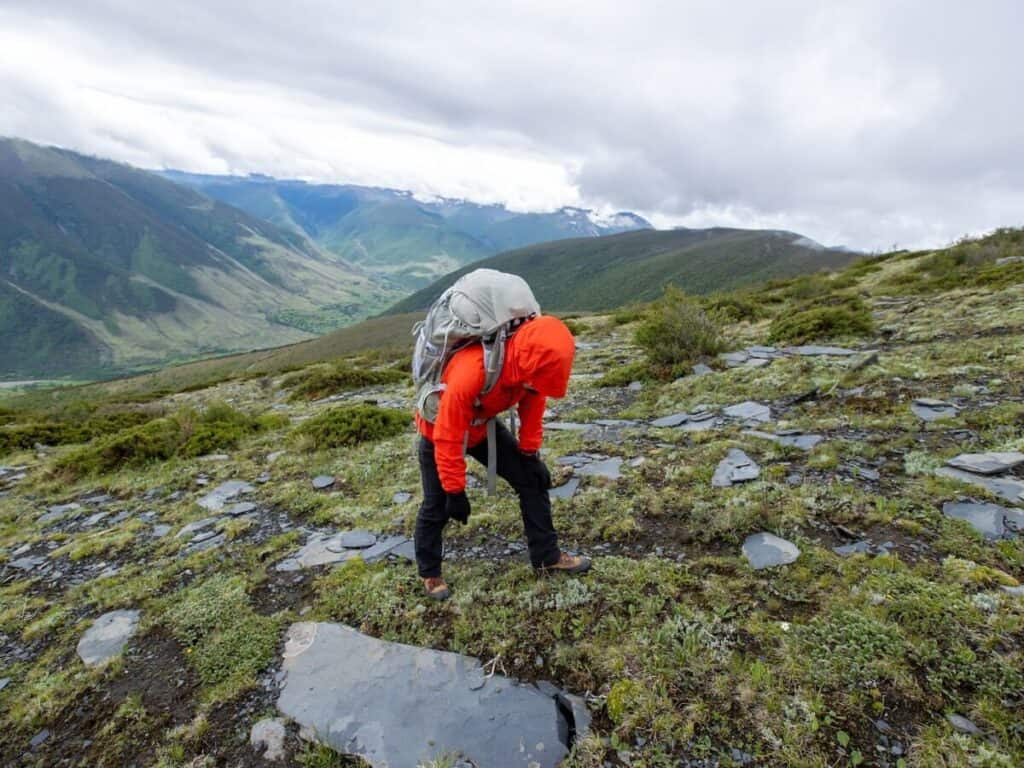Pushing your limits in the mountains is exhilarating. Whether you’re a seasoned professional tackling your next objective or embarking on your first high-altitude trek, the call of the summit is powerful. But ascend too quickly, and the thin air reveals a critical truth: your fitness level is only half the equation. Understanding what actually happens to your body above 10,000 feet is the first step towards unlocking peak performance and ensuring a safe, successful adventure.
At Recal Training, we focus on the most overlooked performance variable: your breath. Before we dive into specific training protocols, let’s explore the fundamental science of altitude and why your respiratory system is the key to thriving in low-oxygen environments.
The Air Isn’t Thinner, The Pressure Is Lower

A common misconception is that there’s less oxygen at high altitudes. While the percentage of oxygen in the air remains roughly 21% (the same as at sea level), the barometric pressure drops significantly as you ascend.
Imagine the air as a column pressing down on you. At sea level, this pressure is high, forcing ample oxygen molecules into your lungs with every breath. As you climb, the column above you shrinks, the pressure decreases, and fewer oxygen molecules are pushed into your lungs. This lower “partial pressure” of oxygen means your body has to work much harder to get the oxygen it needs.
Curious how the air pressure changes at your target elevation? Use the calculator below to see the estimated oxygen level:
Chart and calculator via Baillie Laboratory Network
Your Body's Immediate Response: Hyperventilation (And Its Downside)

Your body's first line of defense against lower oxygen pressure is to breathe faster and deeper (hyperventilation). This is an automatic response triggered by chemoreceptors sensing lower oxygen levels in your blood.
While this helps pull in more air, it comes at a cost:
- Increased Energy Expenditure: Your respiratory muscles work overtime, burning valuable calories.
- Blowing Off Too Much CO₂: Rapid breathing expels carbon dioxide (CO₂) faster than usual. While CO₂ is often seen as a waste product, it plays a vital role in oxygen release to your tissues (Bohr effect) and regulating blood pH. Lower CO₂ levels can actually hinder oxygen delivery and lead to dizziness or lightheadedness.
Acclimatization: The Body's Longer-Term Adaptations

If you ascend gradually, your body initiates a remarkable series of adaptations known as acclimatization:
- Increased Red Blood Cells: Over days and weeks, your body produces more red blood cells to carry more oxygen.
- Improved Oxygen Unloading: Physiological changes enhance the efficiency of oxygen release from hemoglobin to your muscles and organs.
- Changes in Blood pH: Your kidneys adjust bicarbonate levels to compensate for the respiratory alkalosis caused by hyperventilation.
However, this natural process takes time and varies significantly between individuals. Relying solely on passive acclimatization is often not enough, especially for ambitious goals or shorter trips.
Dehydration & Other Altitude Challenges
The dry, cold air at altitude significantly increases fluid loss through respiration. Combined with potential appetite loss and increased physical exertion, dehydration becomes a major risk factor, exacerbating fatigue and headaches. Sleep quality often diminishes as well due to periodic breathing patterns.
Understanding these physiological challenges is crucial, but knowledge alone isn't enough. The difference between struggling at altitude and performing confidently often comes down to how efficiently your individual respiratory system functions under pressure. Factors like your CO₂ tolerance and diaphragmatic strength are trainable variables that can dramatically impact your experience.
Are you truly prepared for the demands of altitude? Is your breathing pattern an asset or a hidden limiter?
Stop guessing. The first step to optimizing your performance is understanding your baseline. Take our free, 5-minute Recal Breath Assessment today. This science-backed test measures your key breathing metrics, including CO₂ tolerance, providing you with your personal Recal Breath Index (RBI) score.
Knowing your numbers is the key to targeted training. Understand your body, train your breath, and unlock your peak performance at any altitude.